Introduction
In today’s fast-paced global marketplace, successful business expansion relies heavily on efficient warehousing and distribution systems. As companies grow, they must adapt to evolving consumer demands and market trends. This requires a well-planned approach to manage inventory, streamline operations, and ensure timely deliveries. In this blog, we will delve into the crucial role of warehousing and distribution in business expansion and explore strategies to optimize these processes for sustained growth.
The Significance of Warehousing and Distribution in Expansion
Effective warehousing and distribution are not just about storing products and moving them from point A to point B. They form the backbone of an organization’s supply chain, impacting customer satisfaction, operational costs, and overall competitiveness. As your business expands, maintaining control over inventory, minimizing stockouts, and meeting delivery deadlines become even more critical to sustaining success.
1. Scalable Warehousing Solutions
When expanding your business, your warehousing needs will inevitably change. Investing in scalable warehousing solutions allows you to adapt to fluctuating demands without compromising efficiency. Consider these approaches:
- Third-Party Logistics (3PL): Partnering with a 3PL provider can help you tap into their established infrastructure, technology, and expertise. This allows you to focus on your core business functions while benefiting from optimized warehousing and distribution services.
- Cloud-Based Warehouse Management Systems (WMS): Implementing a WMS enables real-time tracking of inventory levels, order fulfillment, and distribution. This data-driven approach enhances decision-making and helps prevent overstocking or understocking.
2. Demand Forecasting and Inventory Management
Accurate demand forecasting and inventory management are essential to avoid overstocking or stockouts. Leverage historical data, market trends, and predictive analytics to anticipate future demand and adjust inventory levels accordingly.
- Just-in-Time (JIT) Inventory: Embrace the JIT approach to minimize storage costs and reduce the risk of excess inventory. This strategy requires a robust distribution network to ensure products are available exactly when needed.
3. Efficient Order Fulfillment
Smooth order fulfillment is the cornerstone of customer satisfaction. A streamlined distribution process ensures that orders are picked, packed, and shipped promptly. This requires:
- Optimized Picking Strategies: Implement efficient picking methods, such as batch picking or zone picking, to reduce picking time and enhance order accuracy.
- Cross-Docking: For businesses dealing with high-demand products, cross-docking allows incoming goods to be transferred directly to outbound vehicles without storage. This minimizes handling and expedites delivery.
4. Last-Mile Delivery Excellence
The final leg of distribution, known as last-mile delivery, directly impacts the customer experience. Efficient last-mile delivery can differentiate your brand and foster customer loyalty.
- Local Warehousing: Establish local warehouses or fulfillment centers strategically located near your target customer base. This reduces delivery distances and shortens transit times.
- Alternative Delivery Options: Explore innovative delivery solutions like drones or autonomous vehicles, especially in densely populated urban areas. These technologies can improve delivery speed and efficiency.
5. Data-Driven Decision Making
Harness the power of data analytics to continuously optimize your warehousing and distribution strategies. Key performance indicators (KPIs) such as order fulfillment rate, inventory turnover, and on-time delivery rate provide valuable insights into your operation’s effectiveness.

